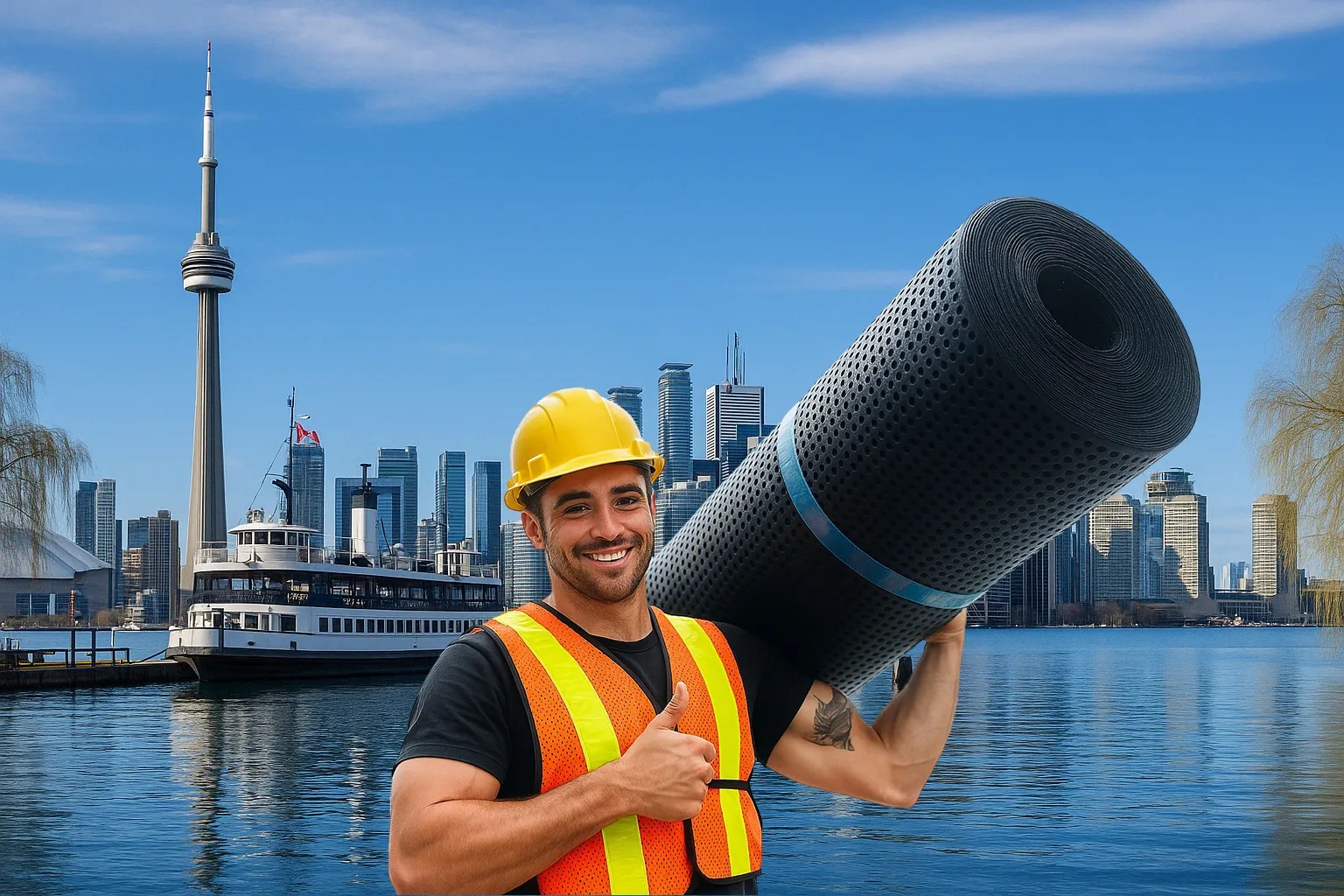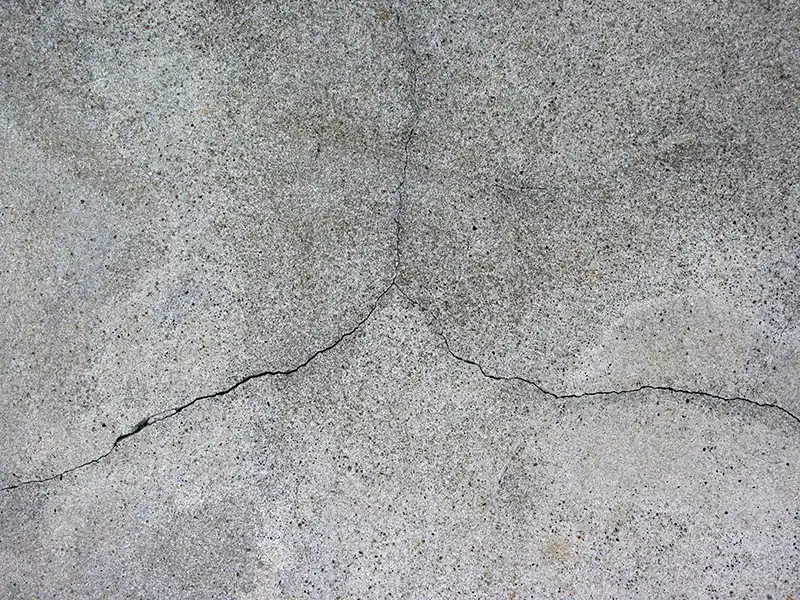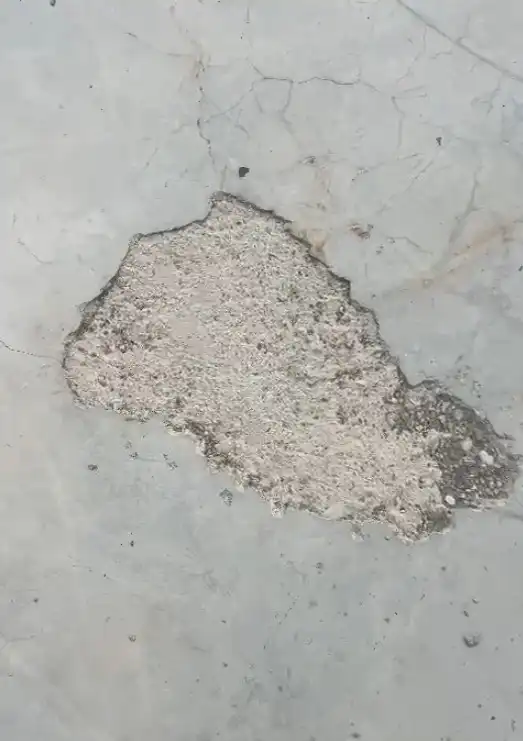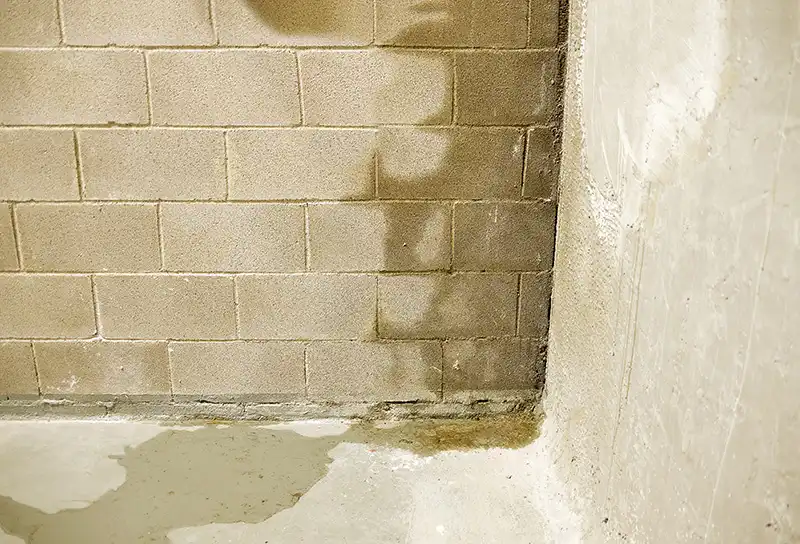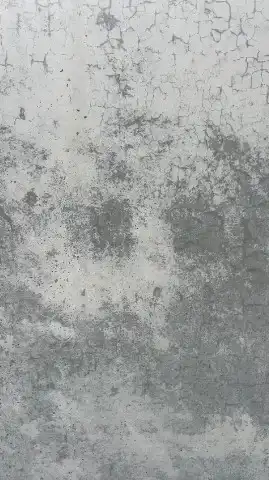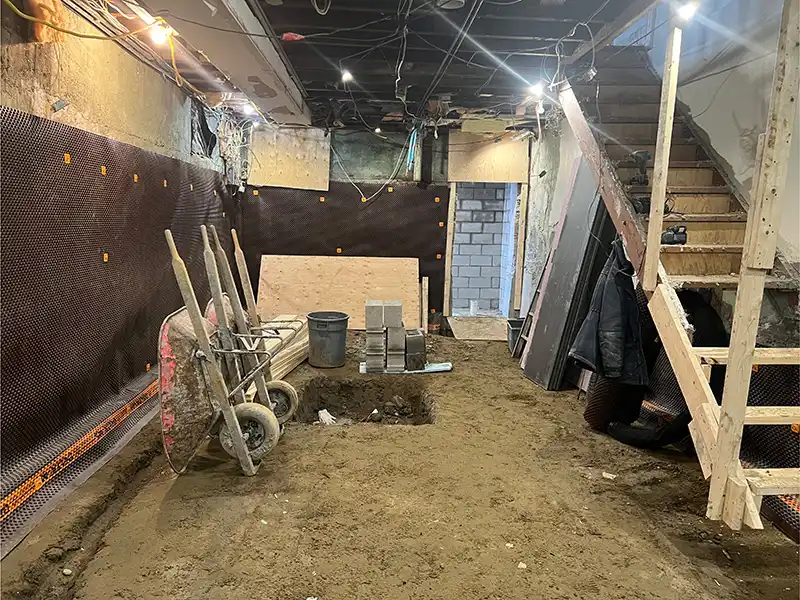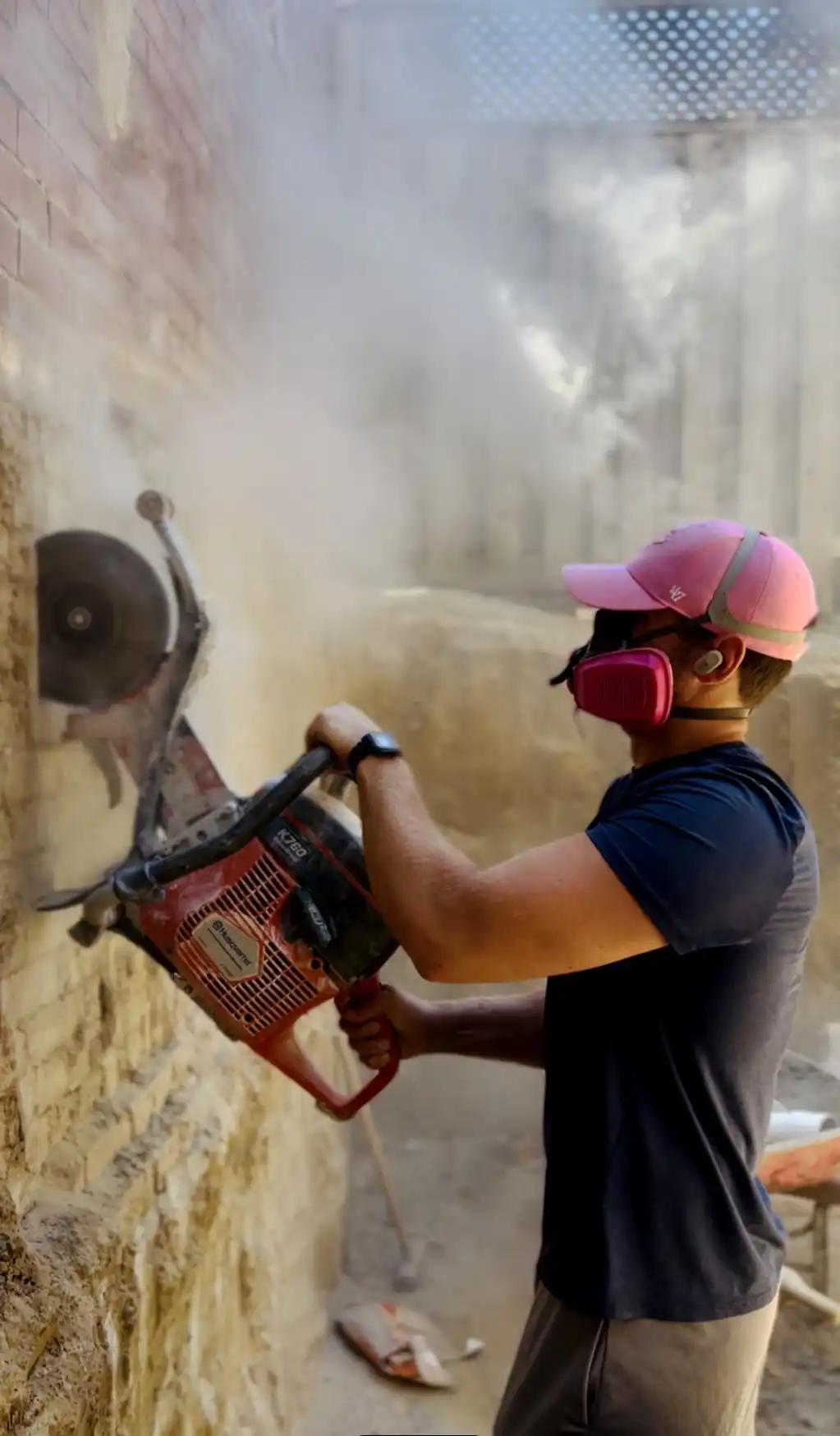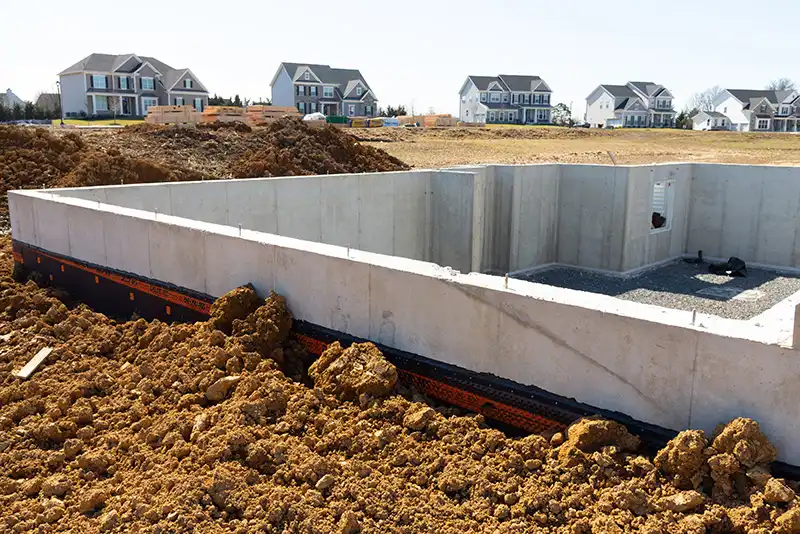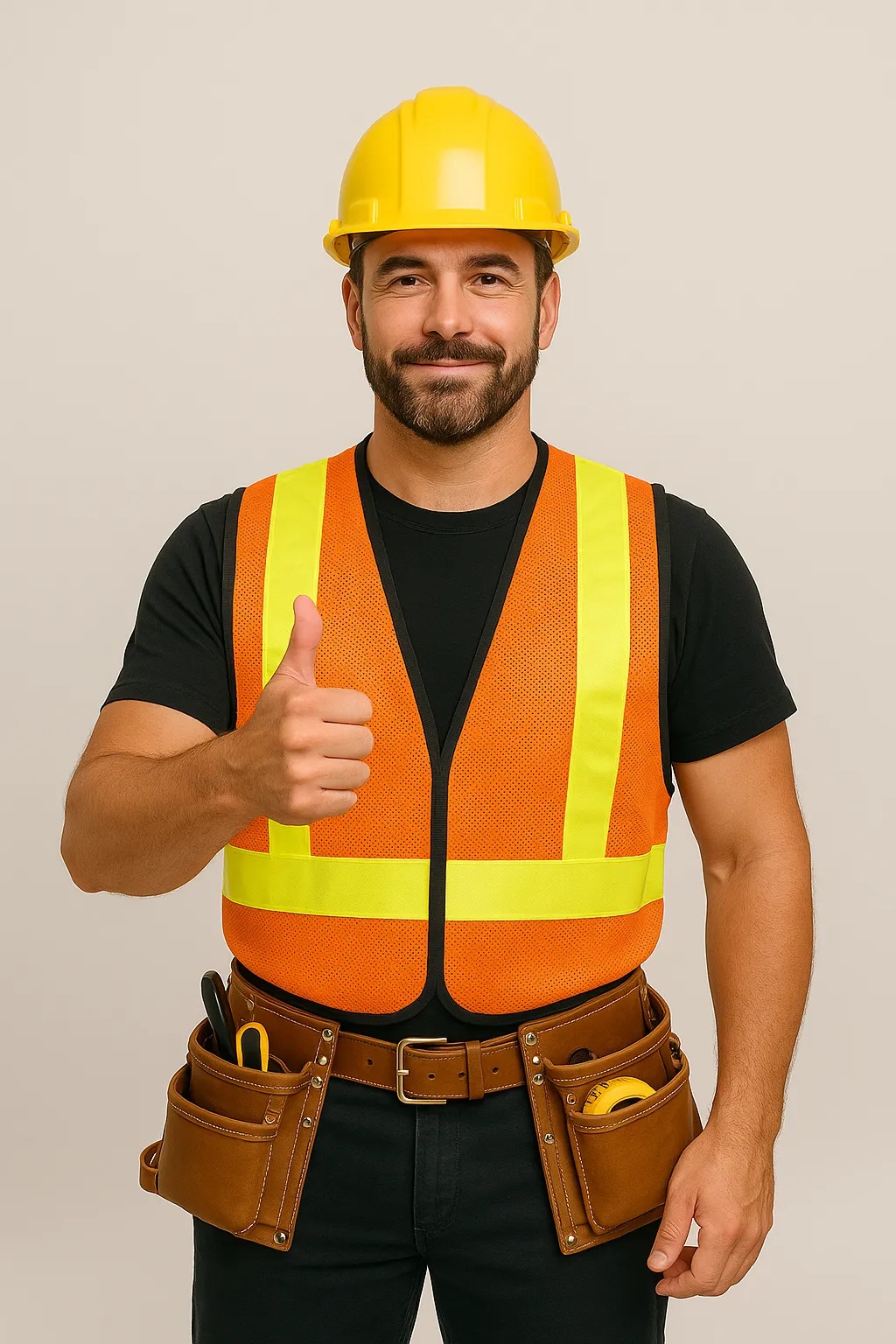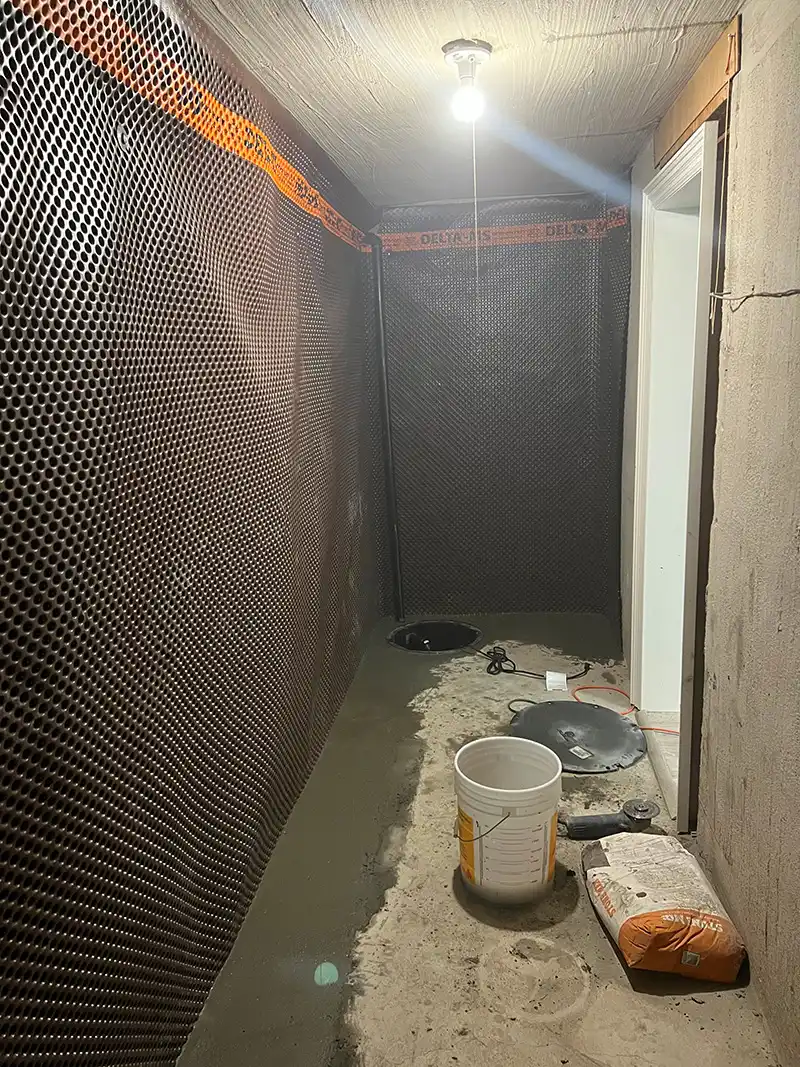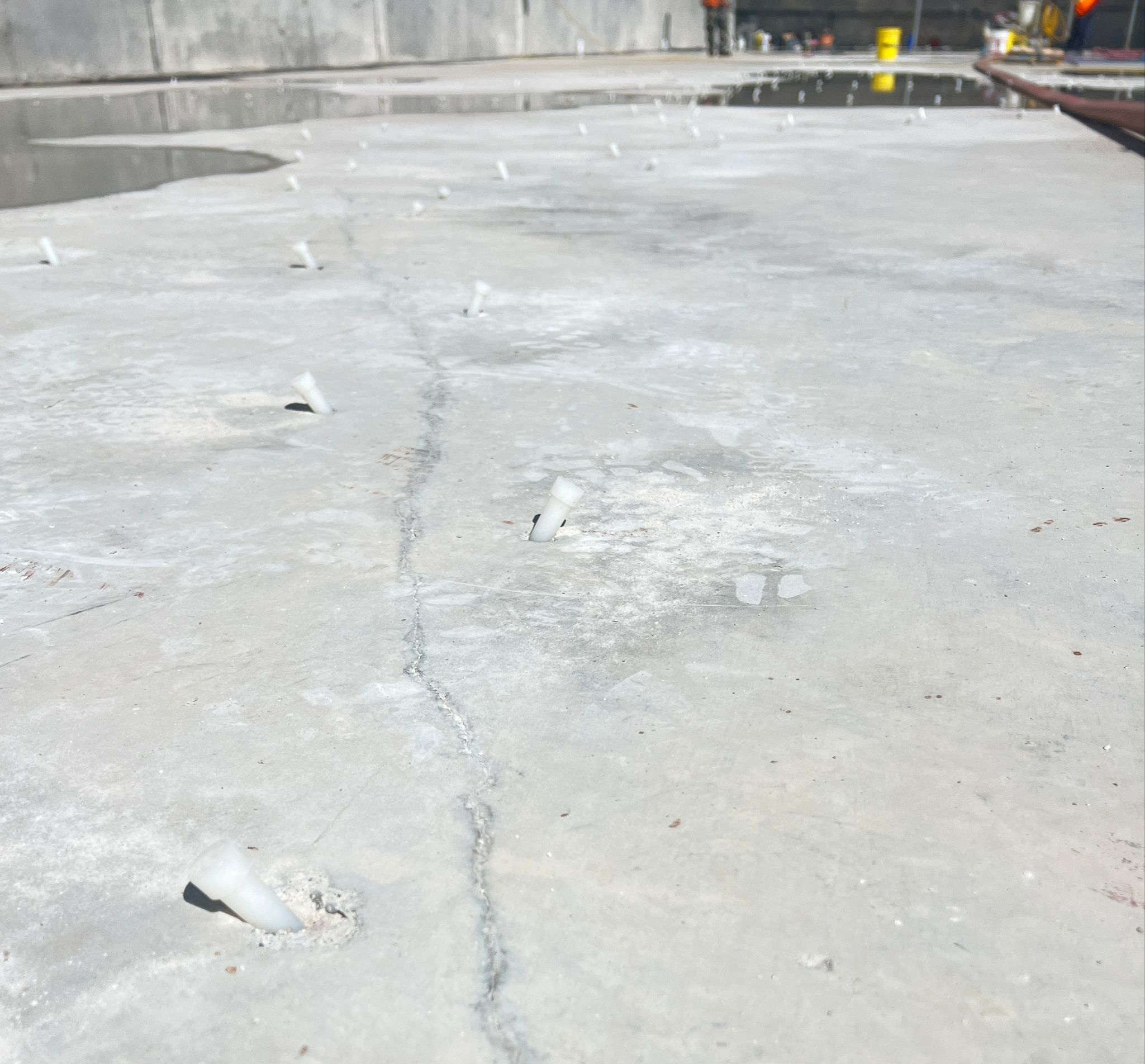Sump Pump vs Sewage Pump - Complete Comparison Guide
Clear explanation of the differences between sump pumps and sewage pumps. Learn which pump you need, installation requirements, costs, and why using the wrong pump can be disastrous. Expert guidance for Toronto homeowners.
Quick Summary
Sump Pumps:
- Handle clean groundwater only
- Discharge outside or storm sewer
- Prevent basement flooding
- Open pit system
Sewage Pumps:
- Handle toilet waste and greywater
- Discharge to sanitary sewer only
- Enable basement bathrooms
- Sealed tank required
Service Areas
Service Areas: Toronto, North York, Scarborough, Etobicoke, East York, York, Mississauga, Brampton, Vaughan, Richmond Hill, Markham, and surrounding areas.
Remember: One pump keeps water out, the other makes bathrooms work. Both are important, neither does both jobs. Choose wisely and install properly. Call for professional assessment and installation.
